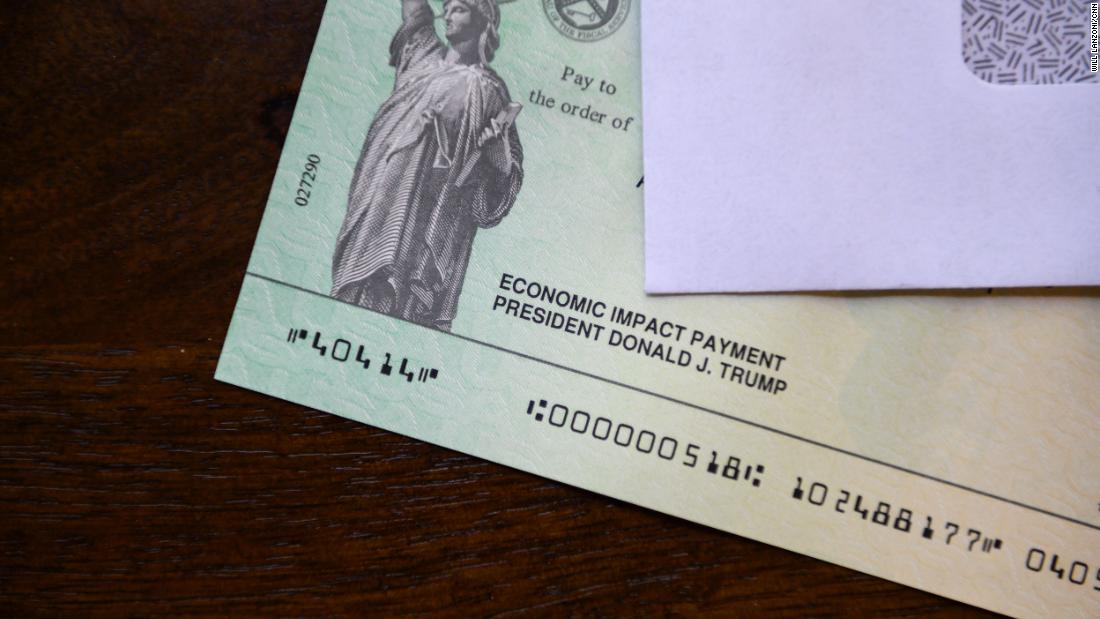As Congress negotiates another relief deal, changes to who’s eligible for a check could complicate things
“The timing could be more challenging this time, but the IRS could likely begin to get the money out in January,” said Howard Gleckman, a senior fellow at the Urban-Brookings Tax Policy Center.
Details of what will be in the final version of the bill — and when it will pass were still uncertain Friday, as lawmakers battled a looming shutdown.
In March, Congress provided individuals with $1,200 direct payments and couples with $2,400 plus $500 per child under the $2 trillion CARES Act. Those payments started phasing out for singles who earn more than $75,000 a year and those earning more than $99,000 did not receive anything. The income thresholds were doubled for couples.
Who gets the money fastest
The payments do not go all out at once. Those whose bank information is on file with the IRS will likely get the money first because it will be directly deposited into their account. Others will receive paper checks or prepaid debit cards in the mail.
IRS under pressure
If Congress keeps the eligibility requirements the same as they were for the first round of checks, the process may be nearly as easy as hitting a button. But it could complicate things if the parameters are changed — especially if Congress adds restrictions aside from income.
Additional checks may delay the start of the 2020 tax filing season. A second stimulus check means the agency will have to make changes to the tax return forms, some of which have already been sent to the printers.
December is not an ideal time to add to the IRS’s workload. It’s typically the month when work is done to prepare for the upcoming filing season and more staff may be on leave than usual due to the holidays.
“I believe the IRS will deliver the stimulus checks in a timely manner. It just might be at the expense of the filing season start date,” said Chad Hooper, the executive director of the Professional Managers Association, which advocates for more than 30,000 non-union IRS workers.
![]()


